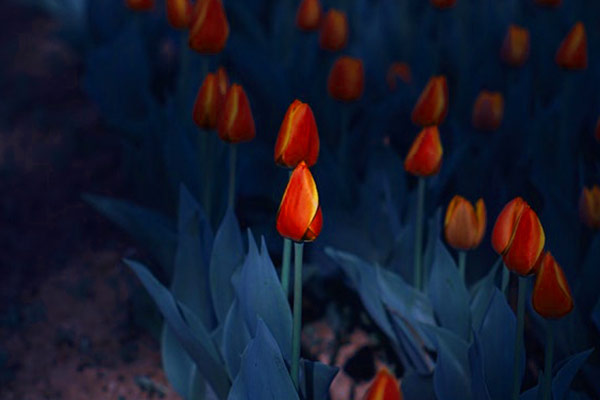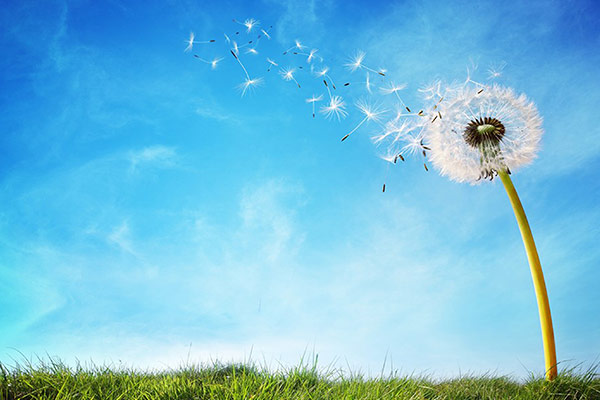In the Diamond Sutra, it is clearly stated, “Seeking to see me in form or hear me in sound is taking the deviant path. The Thatagata cannot be met this way.” The Buddha represented via form or sound is not the real Buddha. Thinking that seeing the Buddha is to see the body of the Buddha and hearing the Buddha is to hear the voice of the Buddha are all wrong views. It is also stated very clearly in The Sutra of Bodhisattva Ksitigarbha’s Fundamental Vows that only dharmakaya represents the real Buddha.
~ Depicted from "THE HANDBOOK FOR LIFE"S JOURNEY : On The Three Poisons - How to Confront Anger











